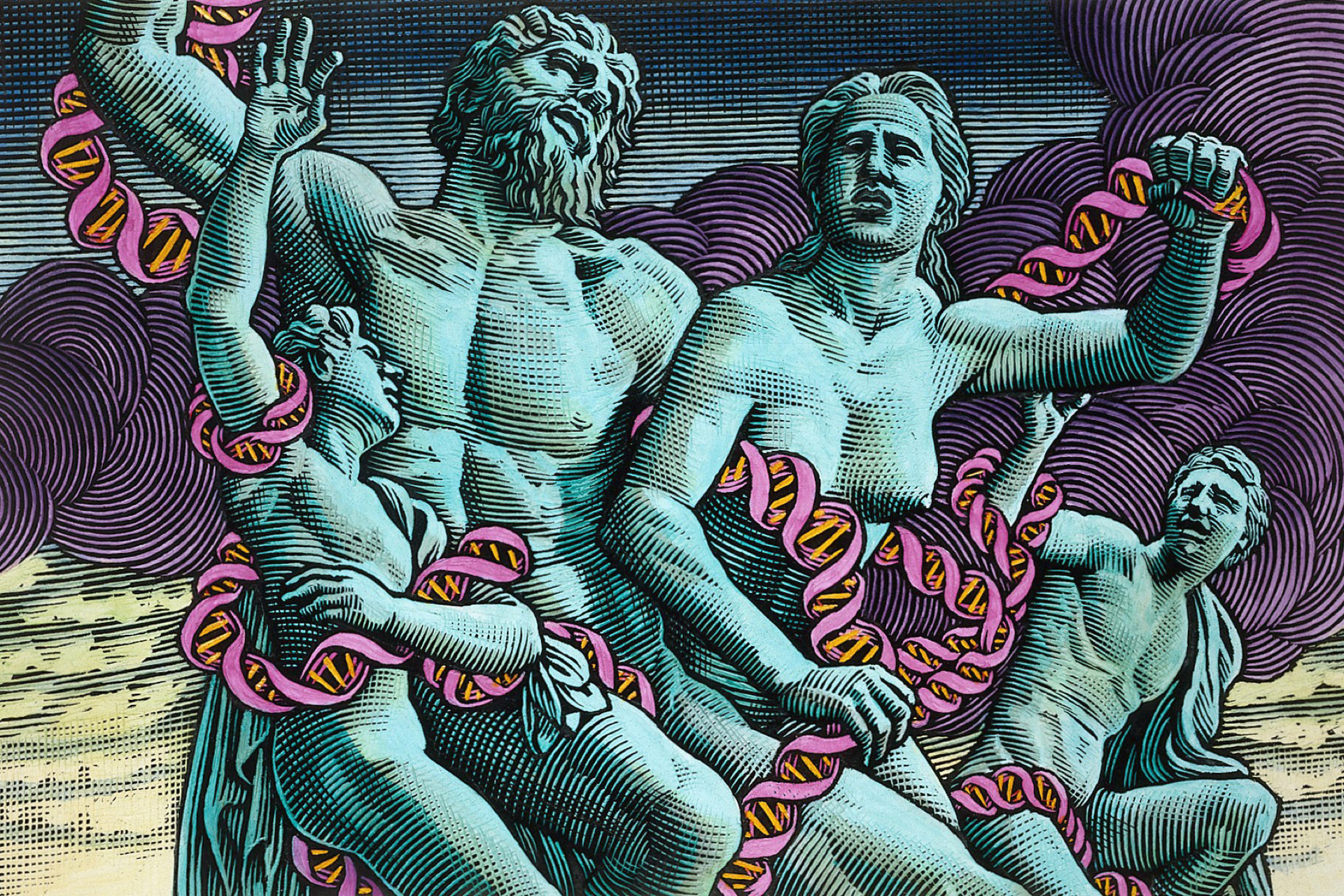As the Stem Cell Research Enhancement Act 2007, passed in the House by 253 votes to 174 earlier this month, makes its way towards the Senate, leading US stem cell researchers - including a high level National Institutes of Health (NIH) official - have voiced their opposition against President Bush's decision limiting embryonic stem cell (ES) research. They argued that the current prohibitive policy has prevented potential medical breakthroughs. Speaking at a Senate hearing a week last Friday, Story Landis, director of NIH's National Institute of Neurological Disorders and Stroke, said that, 'We are missing out on possible breakthroughs'. 'Science works best when scientists can pursue all avenues of research', he said.
America is gripped in a debate between supporters of ES cell research, who argue research on embryos is necessary to discover potential therapeutic benefits, and those against the research, who condemn the destruction of human embryos. Minnesota Senator Norm Coleman has suggested a 'middle ground' in the debate, introducing legislation that permits research on embryos which have died 'naturally'. The so-called 'Hope Offered through Principled, Ethically-Sound Stem Cell Research' (HOPE) Act would provide $5 billion for ES cell research that doesn't involve the destruction of the embryo. The process, termed 'altered nuclear transfer', involves the extraction of stem cells from embryos that have ceased developing. Senator Coleman claims the technique is 'the moral equivalent of organ donation from an already-deceased adult'.
The 'middle ground' position will not appease researchers such as Landis, who argue that research on embryonic cells is irreplaceable. John Wagner, another of the three researchers to criticise the current federal position on ES cell research, cast doubt on the suitability of relying on adult stem cells, saying 'It is now clear that the most primitive adult stem cells, even those directly from the patient, are susceptible to immune attack'. George Daly, another researcher to give evidence to the Senate, said, 'I believe there are no credible scientific arguments which say that we should be studying adult stem cells at the exclusion of embryonic stem cells'.
It is not yet clear when the Senate will consider the Stem Cell Research Enhancement Act in its unaltered form nor whether - like in the House - it will fall short of the two-thirds majority needed to override a Presidential veto. The White House has already indicated President Bush will use his second only veto in his entire presidency if the bill is passed. 'I can tell you that you're going to get a veto', Senator Tom Coburn told the bill's supporters.
Meanwhile in Iowa, Governor Chet Culver has said that he intends to ask the state's legislators to relax Iowa's limits on ES cell research, which is currently banned under legislation enacted in 2002. He will also ask for a new research centre costing a 'modest' $12.5 million to be constructed in the state. Under the current ban, Iowa's stem cell scientists are travelling to neighbouring states to conduct their research.
Sources and References
-
Federal Embryonic Stem Cell Policy Undermining Research, Researchers Testify; Senate Democrats Expected To Pass Own Version of Bill
-
Coleman bill seeks 'middle ground' on stem cell debate
-
Culver wants to ease rules on stem cells
-
Official faults Bush stem cell funding limits





Leave a Reply
You must be logged in to post a comment.